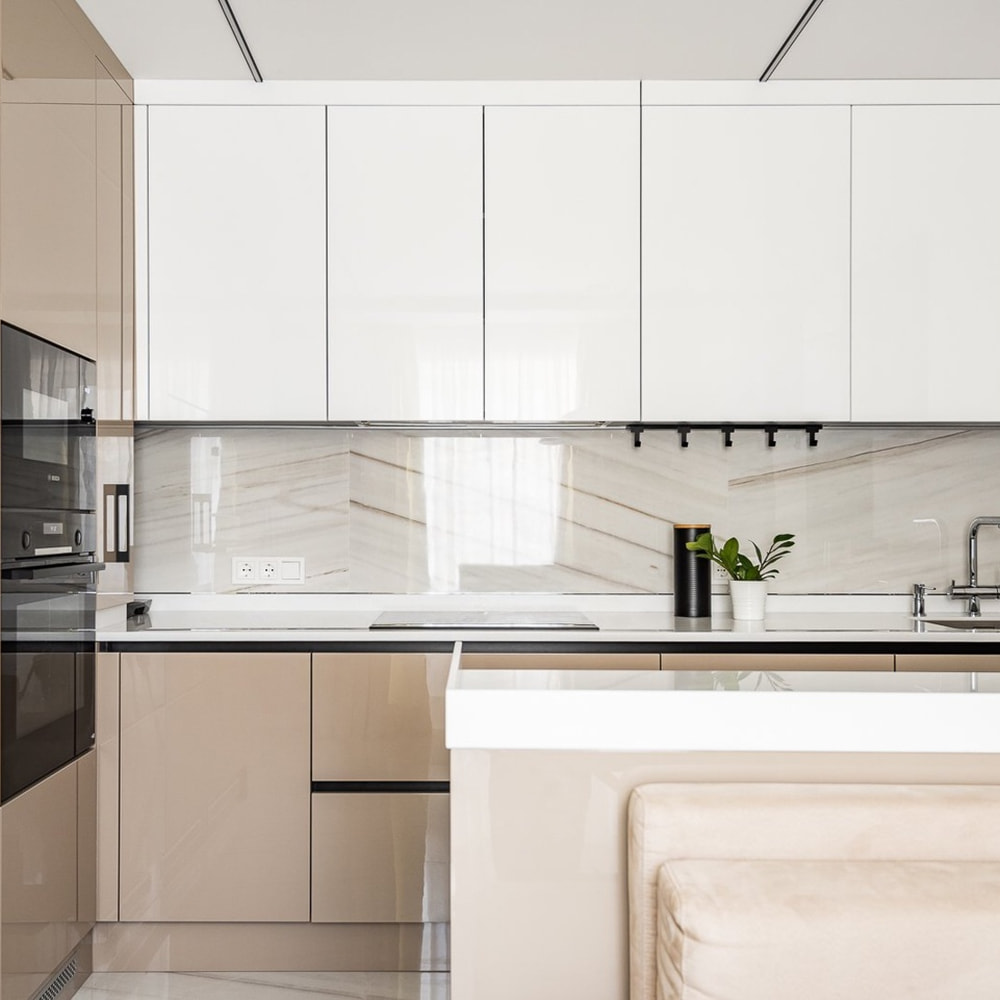Acrylic sheets, often recognized for their exceptional clarity and versatility, have become a staple in various industries. Known by trade names such as Plexiglas, Lucite, and Acrylite, acrylic sheets are synthetic polymers made from polymethyl methacrylate (PMMA).
One of the standout features of acrylic sheets is their exceptional optical clarity. With a light transmittance of over 92%, acrylic sheets provide bright and clear visibility, making them ideal for applications where transparency is crucial, such as display cases and windows.
Acrylic sheets are significantly lighter than glass, which facilitates easier handling and installation. This characteristic is particularly beneficial in applications where weight is a concern, such as in signage and transportation.
Acrylic is known for its high impact resistance, making it nearly 10 times stronger than glass. This durability allows acrylic sheets to withstand harsh conditions, making them a preferred choice for safety applications, such as protective barriers and glazing.
Acrylic sheets exhibit excellent resistance to ultraviolet (UV) light, which prevents yellowing and degradation over time. This property ensures that acrylic products maintain their appearance and performance even when exposed to sunlight, making them ideal for outdoor use.

Acrylic sheets can be easily cut, drilled, and formed using standard tools, allowing for a wide range of design possibilities. They can be molded into various shapes, making them suitable for custom applications in diverse industries.
While acrylic sheets can be more expensive than traditional glass, their durability and versatility often lead to lower overall costs in terms of maintenance and replacement. The longevity of acrylic products makes them a cost-effective solution for many applications.
Acrylic sheets come in a myriad of colors, finishes, and textures, offering designers and manufacturers the ability to create customized products. This flexibility allows for innovative designs that enhance aesthetic appeal in architectural and interior applications.
Many acrylic sheets are produced using environmentally friendly processes, and they can be recycled at the end of their lifecycle. This characteristic aligns with the growing demand for sustainable materials in various industries.
Acrylic sheets are used across a broad spectrum of industries due to their versatile properties. Here are some common applications:
Acrylic sheets are widely used for signage, point-of-purchase displays, and light boxes. Their clarity, UV resistance, and ability to be easily fabricated into various shapes make them ideal for creating eye-catching marketing materials.
In architecture, acrylic sheets serve as windows, skylights, and curtain walls. Their lightweight nature and impact resistance make them suitable for use in modern buildings, while their aesthetic versatility allows for innovative architectural designs.
Acrylic sheets are utilized in the automotive industry for rear and side windows, as well as interior components. Their shatter resistance enhances passenger safety, while the ability to mold them into various shapes allows for sleek designs.
In retail, acrylic sheets are commonly used for display cases, shelves, and fixtures. Their clarity and customization options help retailers showcase products effectively, enhancing the shopping experience.
Acrylic sheets are also prevalent in the medical field for equipment enclosures, laboratory countertops, and protective barriers. Their ease of cleaning and resistance to chemicals make them suitable for maintaining sterile environments.


 English
English 中文简体
中文简体









